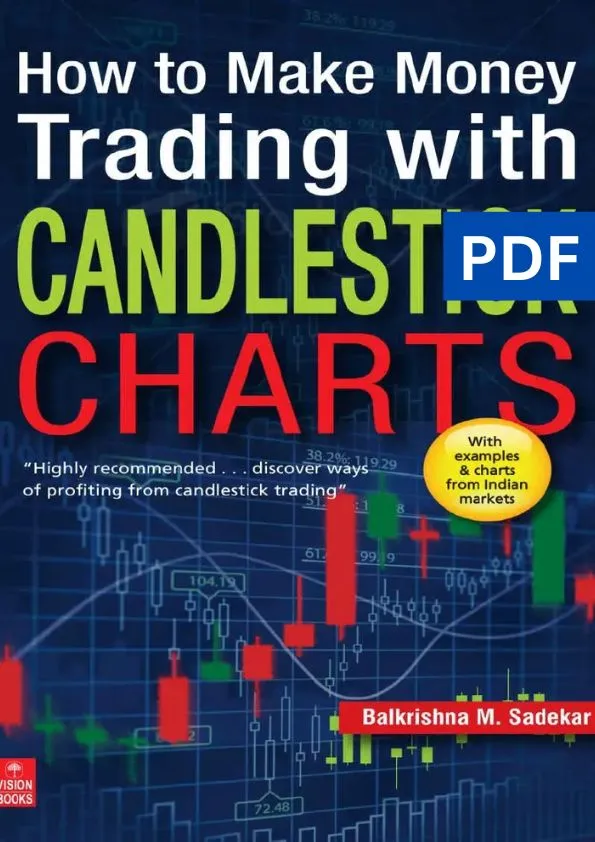
The Little Book of Common Sense Investing PDF Free Download
Here, we are going to share the The Little Book of Common Sense Investing PDF with you. Also we will share the basic details like PDF Size, No. of Pages…etc along with the PDF Summary. Investing can be a daunting endeavor, especially for those new to the world of finance. With numerous strategies, complex terminology, and fluctuating market trends, finding a reliable resource that simplifies the process is invaluable. This is where “The Little Book of Common Sense Investing” by John C. Bogle comes into play.
Full Description …
The Little Book of Common Sense Investing PDF Free Download Overview
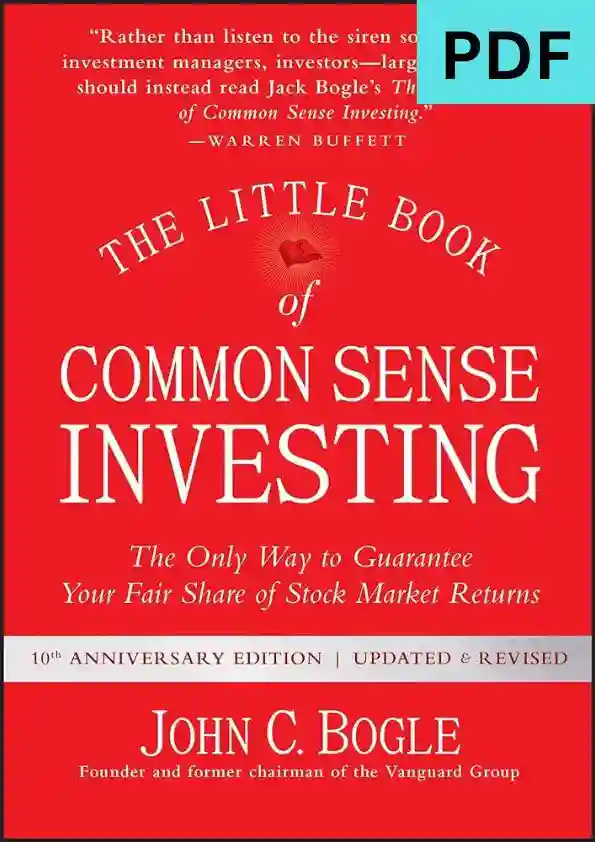
| PDF Title | The Little Book of Common Sense Investing PDF |
| Language | English |
| File Size | 2.2 MB |
| Total Pages | 201 |
| Category | Share Market |
| Sources | Public Domain |
| Quality | Readable |
Share Now--
Report This: We do not own the copyrights to this PDF file. It is available for free download, likely uploaded by users or found on public domains, and is intended for educational purposes. If this infringes on copyrights, please Report us via comment section or reach us at Here, and it will be removed within 24 hours.
Explore More PDFs


Learn Candlestick Patterns in Hindi | PDF
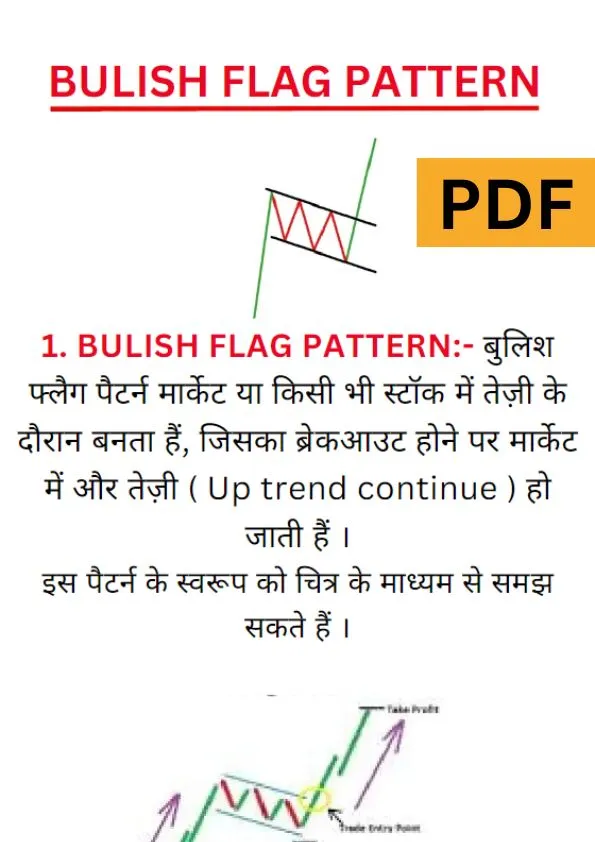
कैंडलेस्टिक चार्ट पैटर्न चित्र सहित | PDF
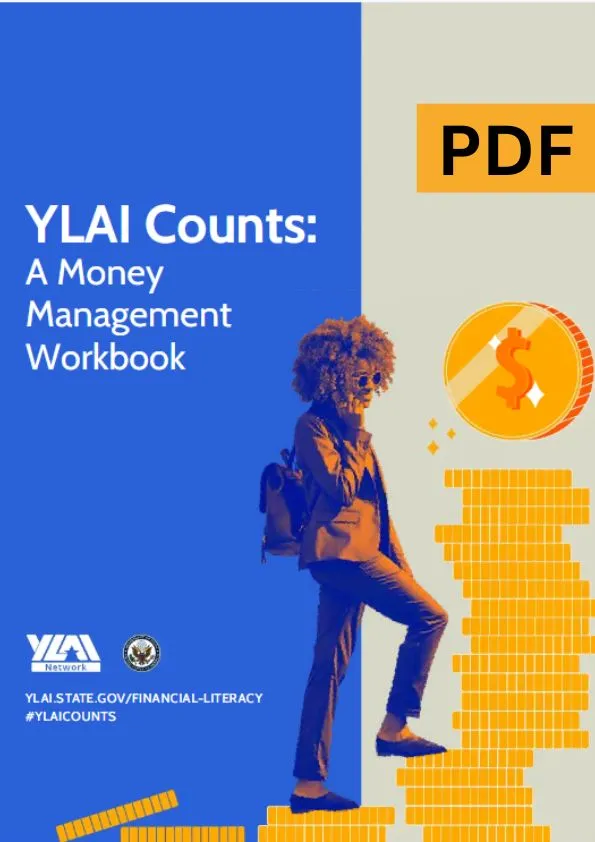
Money Management Workbook | PDF

Best Chart Pattern Cheat Sheet | PDF

30 दिन में बनें शेयर मार्केट में सफल निवेशक | PDF
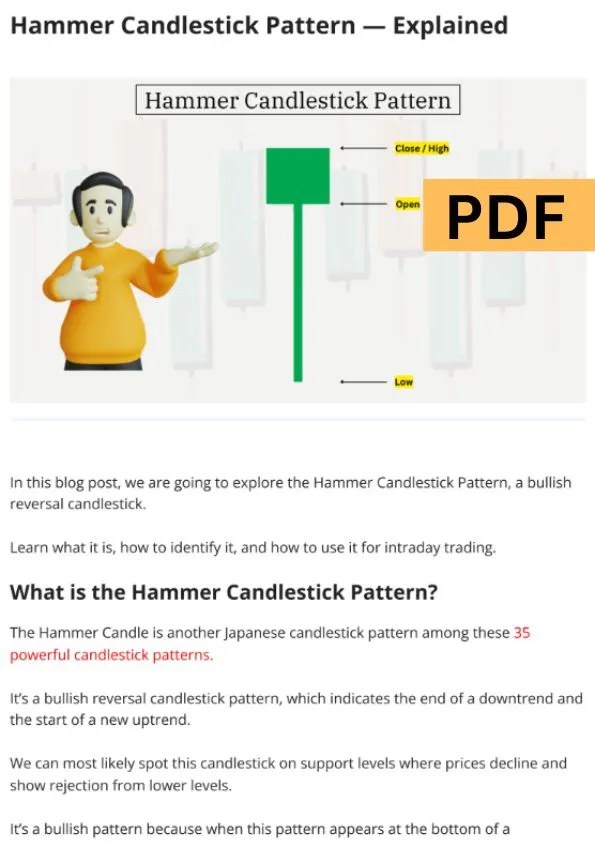
Hammer Candlestick Pattern | PDF

